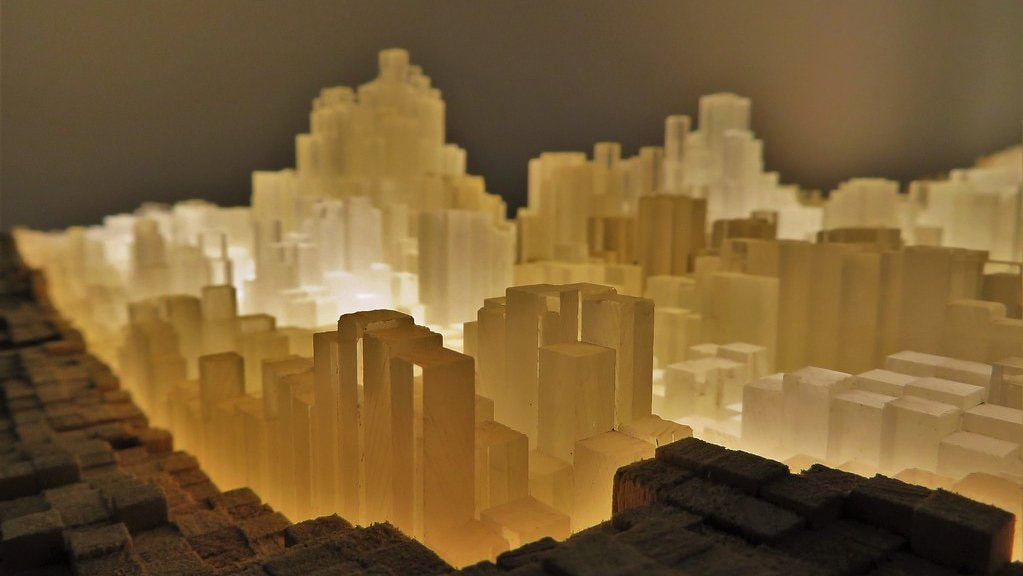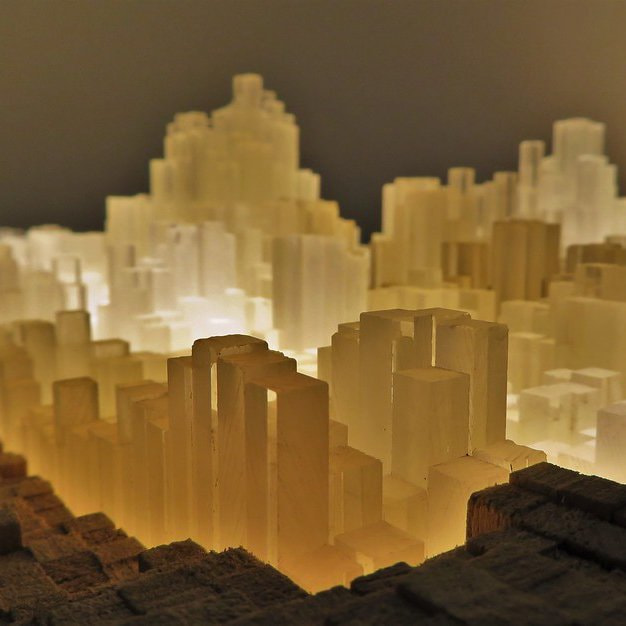The public program for the exhibition Atelier E.B: Passer-by continues with a talk on the museum and public architecture of Italian architect, artist, and theorist Leonardo Mosso by art historian Olga Shpilko.
From the 1960s, Mosso’s work developed an interesting and complex relationship with tradition and avant-garde, anticipating Peter Bürger’s Theory of the Avant-Garde and the related ideas of Manfredo Tafuri.
Olga Shpilko will talk about Mosso’s theories of structural design and ecological programmed architecture, and analyze their application in his museum and public projects (Museum of Resistance at Palazzo Carignano in Turin, Project for Centre Georges Pompidou in Paris) and their relationship with several traditions. The first of them is Italian rationalism—the movement that, after 1936, was pushed to the margins by the Fascist monumentalism and has remained a monument to the future that was both impossible and destroyed. The second was the structural semiotic approach in architecture, which was on the rise in the 1960s: Mosso caught the movement in its early days—among other things it inspired his kinetic structures with universal “elastic” connectors. The third tradition is that of organic architecture, which Mosso inherited from Alvar Aalto while working in his studio in the 1950s, in connection with techno-positivism and the idea of a programmed city.


